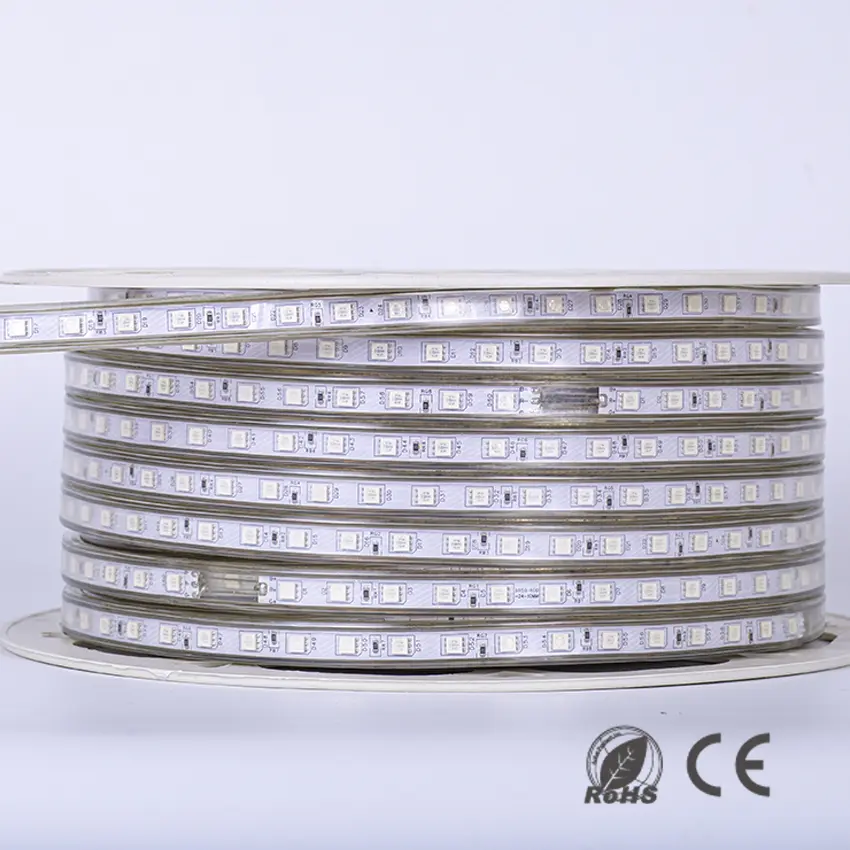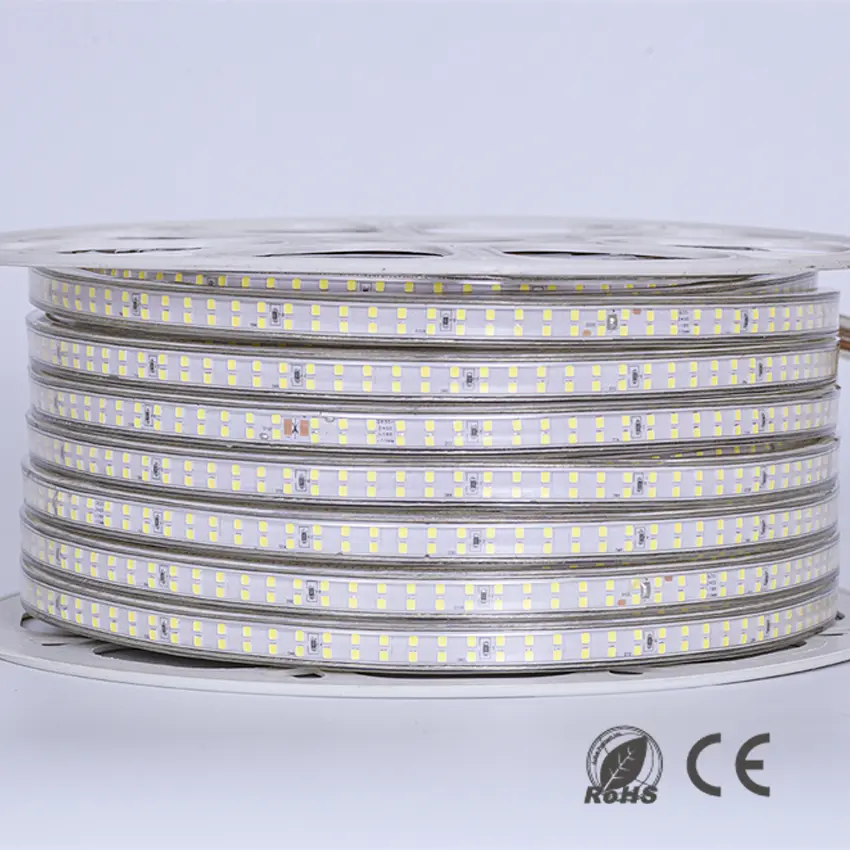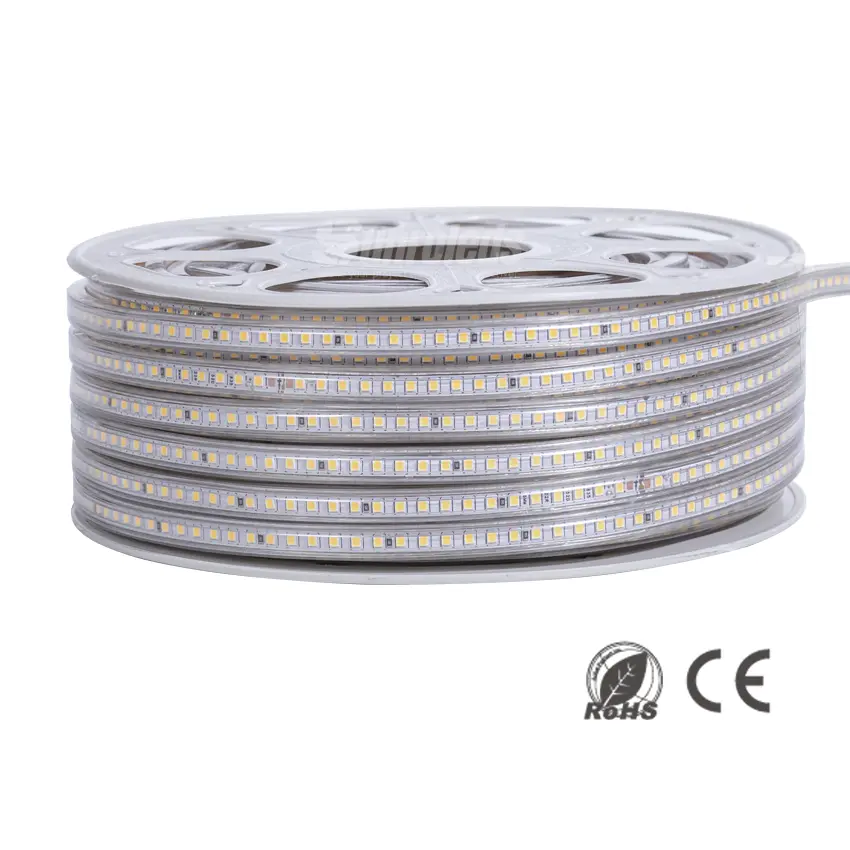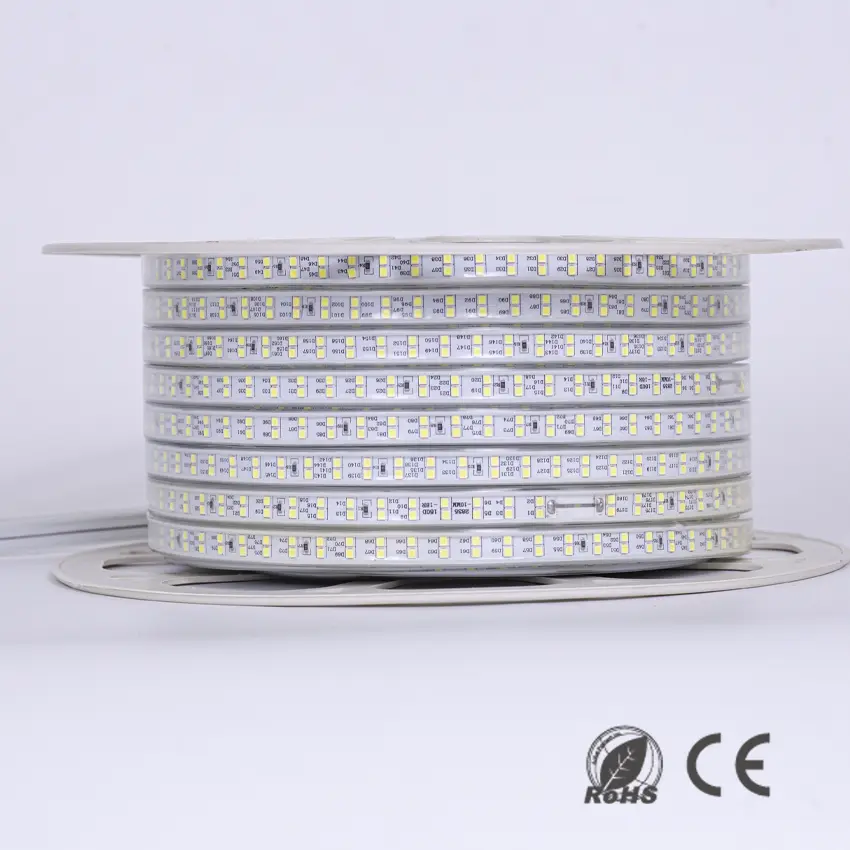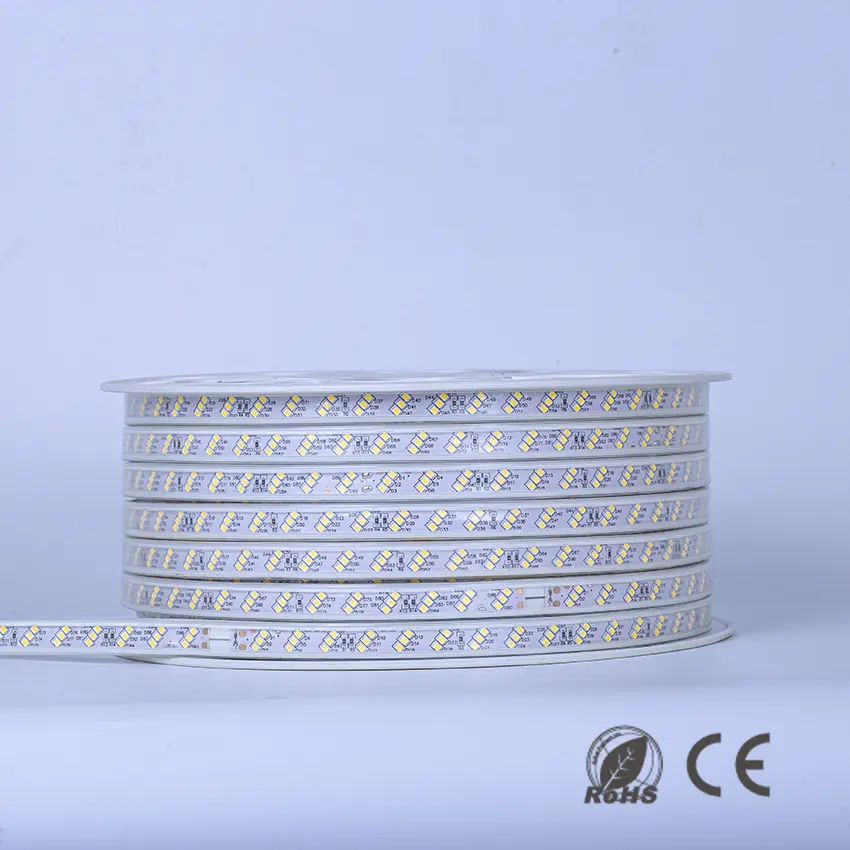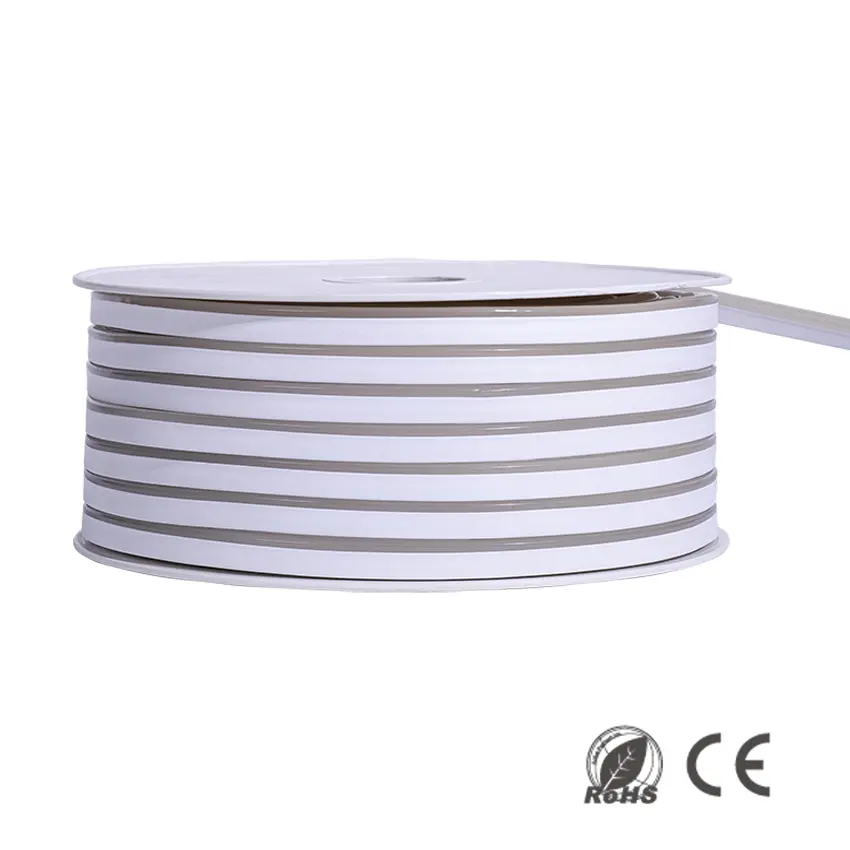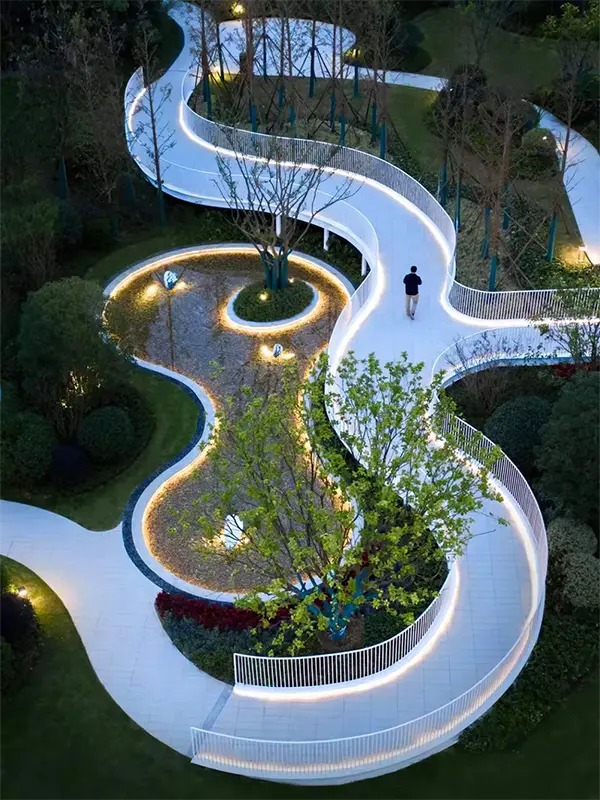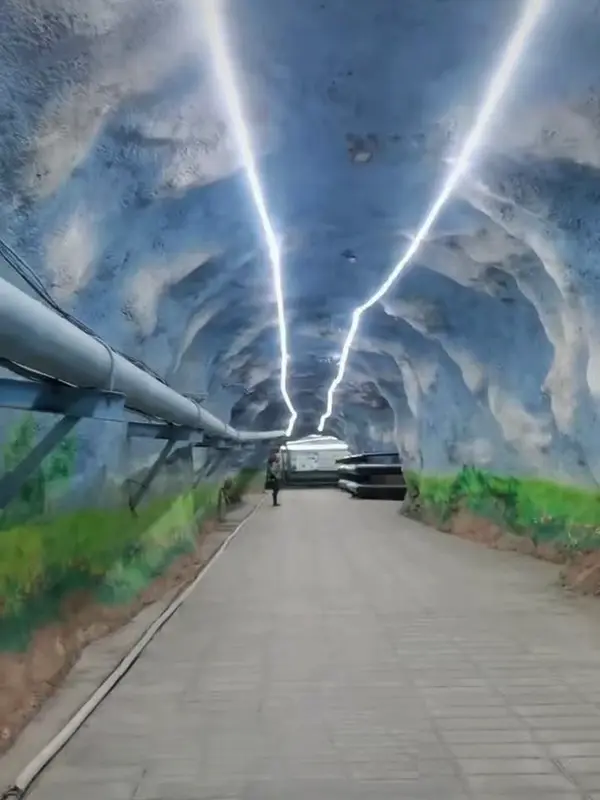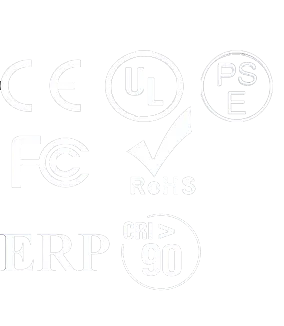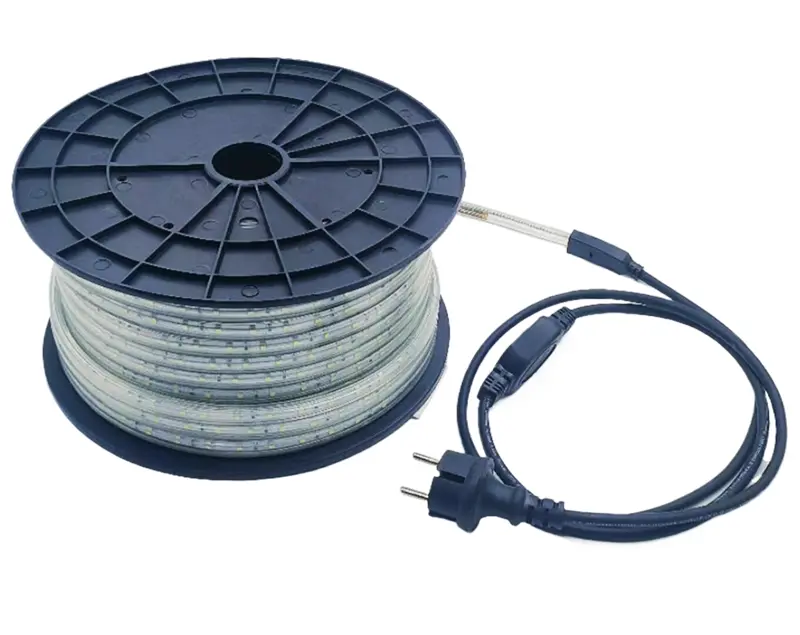

How High Voltage LED Strip Lights work?
The 110V/220V LED strip light operates by directly using high-voltage AC power, eliminating the need for an external transformer or driver. It includes an internal rectifier and voltage regulation circuit that convert AC to DC power. Multiple LEDs are connected in series, paired with current-limiting resistors or constant current drivers to ensure safe operation. This design allows for high brightness output, and its robust construction with good heat dissipation meets standard IK and IP protection ratings, making it suitable for commercial and outdoor lighting in harsh environments.
Discover our Products
What you need to Know
220V LED Strip vs. SMD LED Strip Comparision
When choosing between 220V and 12V LED strip lights, understanding their key differences can help you make the best decision for your lighting needs. This guide compares the essential aspects of both options, including power requirements, installation complexity, brightness levels, durability, and cost efficiency.
220V LED strips are designed for direct AC connection, making them ideal for long-distance applications without the need for a transformer, while 12V LED strips require a low-voltage DC power supply, offering safer handling and flexibility for intricate installations. Whether you’re lighting a large outdoor space or creating accent lighting indoors, this comparison will help you identify which type best suits your specific project requirements.
| Difference | High Voltage LED Strip | Low Voltage LED Strip |
|---|---|---|
| Voltage Difference | 110-240V | 12V/24V/36V/48V |
| Circuit Design | Complicated | Simple |
| LED Configuration | Series | parallel or series-parallel |
| Voltage Drop | No | More prone to voltage drop with increased length; |
| Safety Consideration | Higher Risk; | Lower Risk; |
| Cuttable Length | 10cm/50cm/100cm; | Can be cut at specific LED intervals; offers greater flexibility for customization; |
| Brightness | up to 1000-1500Lm/m; | comparing lower,depends on strip model; |
| Energy efficiency | Higher energy consumption; | More energy-efficient; |
| Flickering Issues | Yes | No |
| Max Length | Max 100m; | Max 30m; |
| Lifespan | 10000-30000 hours; | > 50000 hours; |
| Installation | Requires professional installation; | Relatively simple to install,can be done by users; |
| IP Rated | IP65; | IP20/IP54/IP67/IP68; |
| Driver Required | Usually does not require an additional driver; | Requires a DC regulated power supply; |
| Maintance | higher maintenance needs; | lower maintenance requirements; |
| Application | Widely used in commercial lighting, outdoor signage, and building illumination; | Suitable for home use, such as cabinet lighting, display cases, and small space decorative lighting, commercial use, outdoor use; |
| Warranty | 2 years warranty; | 3-5 years warranty; |
| Costs | more cost-effective for large installations due to single power source support; | May require multiple power sources initially but is more energy-efficient; long-term use may be more economical; |
Pros and Cons of High Voltage LED Strips
List the advantages of high voltage LED strips and its drawback and limitations
Pros
Cons
Accessories Available
We offer a comprehensive range of accessory solutions. Whether for installation, connection, or performance enhancement, these high-quality accessories are rigorously tested to ensure perfect compatibility with our high voltage LED strips
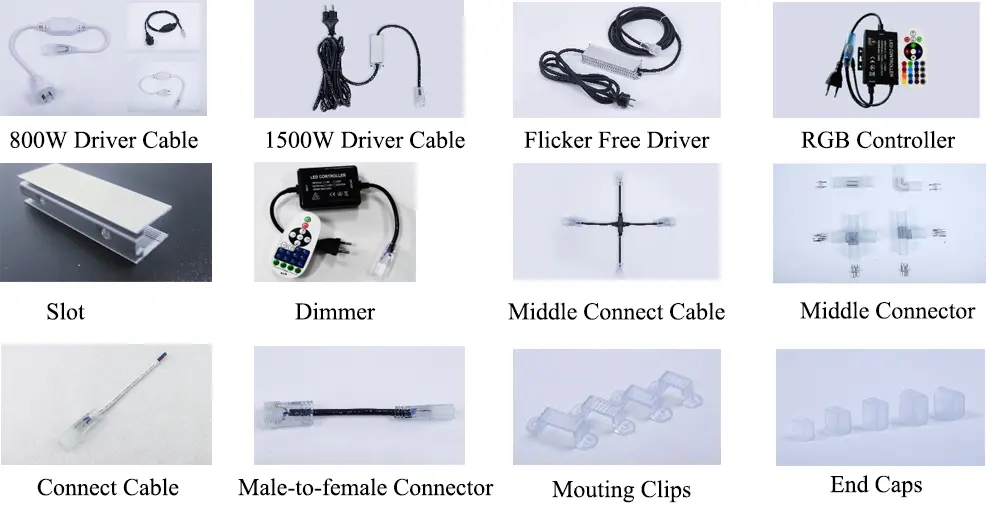
Case Studies
Home Decor | Commercial use | Accent Lighting | Outdoor Lighting
Tips and Tricks
How to install 220V LED Strips?

Step#1: Cut at the Scissor Position

Step#2: One end of the pin tip is allign with the wire

Step#3: The Tip of the pin is inserted into the lead of strip

Step#4: The Tail of Strip is injected with glue to seal
The above gelling method only plays the role of fixed assembly and protective electric shock, and can not play a waterproofing role; In outdoor use, the joint part must be placed in a water-free environment or professional electrical personnel to seal each joint position to ensure that each joint position will not be flooded.

High Voltage LED Strips Trouble Shooting
List common problems and solutions, such as flickering issues, connection problems, etc.
There are several possible reasons why the high voltage LED strip might burn out:
- After cutting, the pin might be directly inserted into strip FPC,causing short circuits and damaging the internal circuitry of the LED strip
- When inserting pins and connectors, if they do not light up and are repeatedly connected and disconnected, it can cause the Cooper wires to split and result in a short circuit, potentially leading to an explosion.
- In outdoor installations, if the high-voltage LED strip’s tail end is not properly waterproofed, rainwater can enter and cause a short circuit. In indoor installations, if the tail end comes into contact with metal, it can also lead to burn out;
- When installing the LED strip, ensure that screws are inserted into the designated mounting slots rather than directly onto the strip itself;
Improper installation will cause short circuits, damage the internal circuitry of the LED strip, leading to burnout. Verify that the wiring is correct and that there are no short circuits.
If your 220V strip is experiencing intermittent lighting, where some sections are illuminated while others are not, it may be due to one or more of the following reasons:
- Physical Damage: Mechanical damage during installation, such as excessive pulling or stretching, can damage the internal wiring and lead to burnout,result in sections not lighting up. Handle the LED strip carefully during installation to avoid physical damage.
- Short Circuit: After cutting and install the strip, the pin is improper to the position, then the poor connections between the segments of the LED strip can cause parts of it to not light up. Check all connections to ensure they are secure and properly attached.
- Soldering Defects: Occasionally, defects from the manufacturing process can result in some sections of the LED strip not functioning properly.
- Overheating: Excessive operating temperatures can affect the performance of the LED strip, causing certain sections to fail. Ensure that the installation environment is well-ventilated and not excessively hot.
- Power Supply Problems: An unstable or insufficient power supply can lead to uneven power distribution, causing parts of the strip to flicker or not light up. Verify that the power supply meets the requirements of your LED strip
The flickering of your 220V LED strip is likely due to the type of driver plug being used. If your LED strip is equipped with a standard driver plug, it may cause flickering. To prevent this issue, we recommend using a flicker-free driver plug, which is specifically designed to provide a stable current and eliminate flickering.
We Generate Results for our Clients

Why choose us?
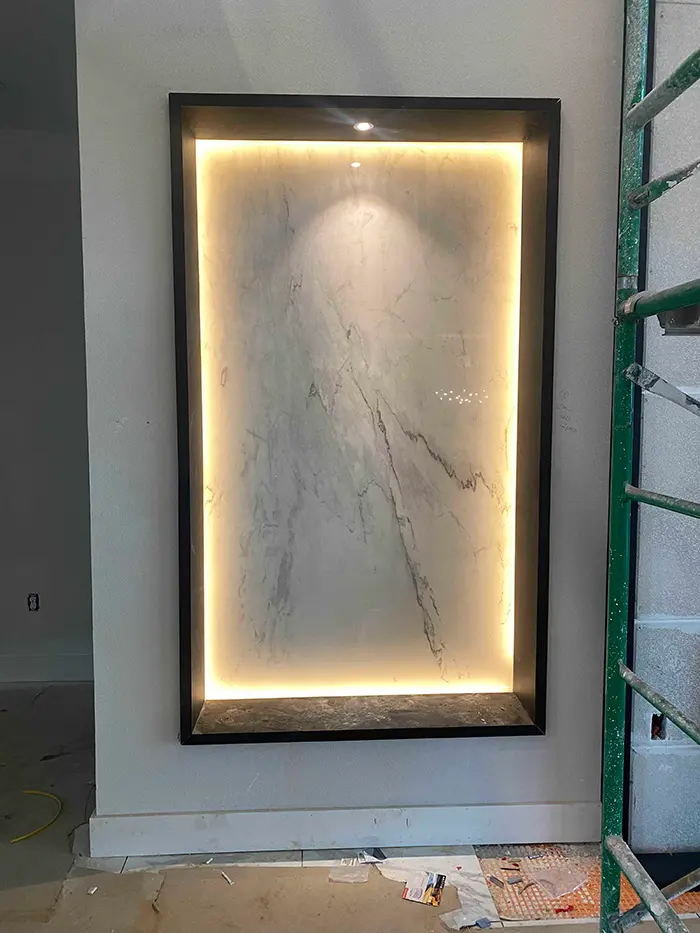
Get a Quick Quote
Simply fill out the form to receive a personalized quote. Our team is ready to assist you with top-quality LED solutions at competitive prices!

